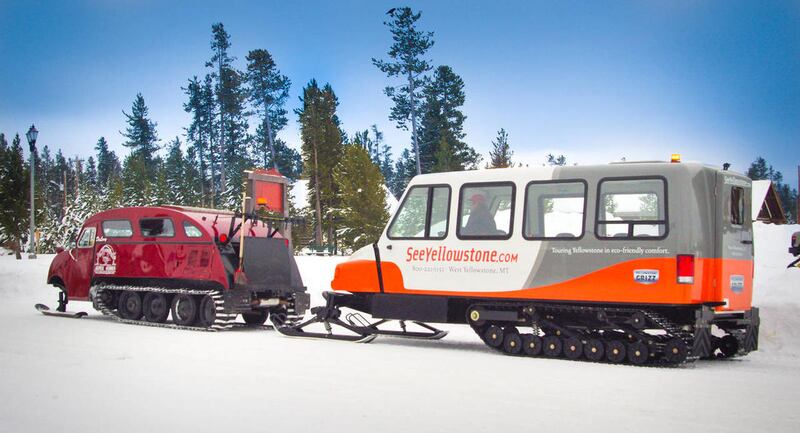Yellowstone National Park will be a cleaner and quieter place this winter under a new 10-year plan presented by the National Park Service and approved by both recreationists and conservationists.
After nearly two decades of court battles, challenges and counter challenges and seven failed compromises, the National Park Service has hit on a plan both sides are calling “acceptable.’’
The park will open Dec. 15 to over-snow travel for both commercial and private trips.
Key elements in the plan are:
— All commercial snowmobile tours into the park must be guided.
— Each commercial snowmobile trip into the park is called an “event’’ and is limited to 10 machines, one of which is the guide’s.
— A maximum of two persons are allowed on each snowmobile. All drivers must be of legal age to drive a motor vehicle.
— The ceiling for in-park visitors from the four entrances is around 500 per day.
— Under a lottery system held earlier, one non-commercial trip is allowed into the park each day from each of the four entrances — North, South, East and West.
— Each non-commercial trip or event is limited to five machines. Permits leaving the South and West gates have been taken. There are some permits still available leaving from the North and East gates. To check on private permits, both currently available and available through cancellations, visit www.recreation.gov.
— All drivers going into the park on a non-commercial snowmobile trip must take and pass the free Yellowstone Snowmobile Education Certification course class online. To access the course, visit http://eppley.org/elearning/yellowstone-snowmobile-education-certificate.
— All snowmobiles going into the park — commercial and non-commercial — must be rated by the manufacturer as BAT or best available technology. This means they fall under strict guidelines with respect to noise and emissions. Since BAT machines are not particularly popular with snowmobilers, those with private permits may choose to rent a machine from one of the commercial operators. A list of accepted BAT snowmobiles can be found online at www.nps.gov/yell.
— A limited number of commercially operated snow coaches will also be allowed into the park each day. Those snow coaches must also fall under BAT guidelines.
“We now have a plan that is workable,’’ said Clyde Seely, a tour operator out of West Yellowstone. “It’s not too stringent but allows for more capacity into the park than was utilized in the past. It’s an improvement. I think this is the most reasonable and the most balanced plan we’ve had.
“This removes the uncertainty we’ve been faced with. People will know, at least for the next 10 years, the park will be open to snowmobiles and snow coaches.’’
Dan Wenk, park superintendent, reported that this was the most protective plan that has ever been proposed for the park with respect to noise and emissions.
In a release from the National Parks Conservation Association, Theresa Pierno, acting president, said: “We are pleased with the winter use regulation released today and commend Superintendent Wenk and the National Park Service for their tireless work to find a resolution to this longstanding issue.’’
Jack Welch, special consultant for the BlueRibbon Coalition, which supports on-snow vehicle use, said this plan is a good start “from where we were 10 years ago. We were concerned (about the non-commercial guided trips), with all the requirements, that people would say enough is enough and wouldn’t apply … but they did.’’
The fight between snowmobile groups and conservationists dates back to 2000 when a federal judge closed the park on the eve of the park’s winter opening. That decision was overturned by a Wyoming judge just minutes before the gates were scheduled to open.
Since that time there has been a tug-of-war between the two groups over use of snow machines inside the park, both in numbers and technology.
Seely said that with the exceptions of holidays, those looking for a winter experience in Yellowstone “shouldn’t have a problem making a reservations. There will be plenty of space. It would be a good idea for people to plan ahead, however.’’
Yellowstone is one of the most popular parks on the national registry. It is also the world’s first and oldest national park, established in 1872.
Here are some websites with information on park policies and commercial operators — www.threebearlodge.com, www.visityellowstonecountry.com and www.nps.gov/yell. The National Park Service website lists all commercial operators at the four entrances and a list of allowable snowmobiles.





